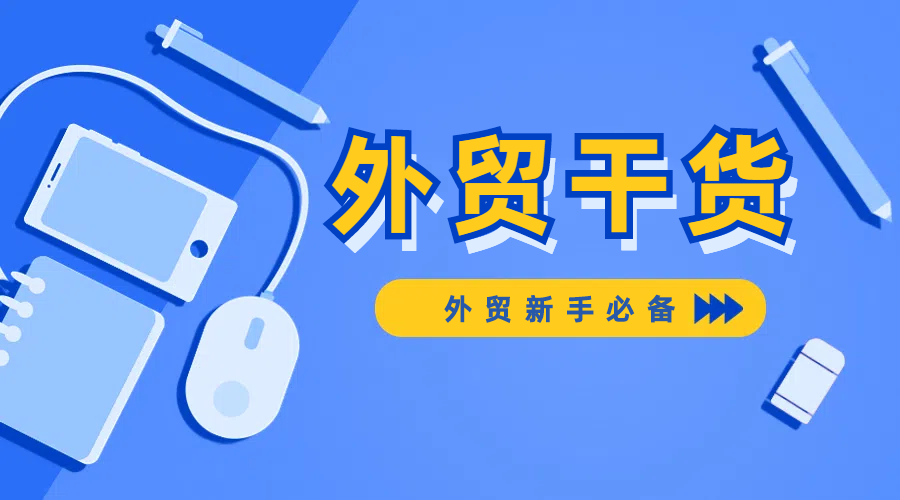 400-076-6558智领未来,外贸超级营销员
400-076-6558智领未来,外贸超级营销员
 400-076-6558智领未来,外贸超级营销员
400-076-6558智领未来,外贸超级营销员

In the off - season of foreign trade, the market presents a series of unique characteristics. The overall demand in the market tends to decline, with an average decrease of about 30% in procurement volume compared to the peak season. This is mainly due to factors such as changes in global economic cycles, seasonal demand variations, and fluctuations in raw material prices.
Customer behavior also undergoes significant changes during this period. Many customers slow down their procurement pace, becoming more cautious in decision - making. They are more likely to compare prices, quality, and service among different suppliers. According to a survey, about 70% of customers will spend more time researching suppliers in the off - season, and 60% of them will request more detailed product information and quotations.

High - value customers are those who have a large procurement volume, high frequency of cooperation, and strong brand loyalty. They usually account for about 20% of your customer base but contribute about 80% of your total sales. These customers are often industry leaders or large - scale enterprises with stable business operations and long - term procurement needs.
Potential customers are those who have shown interest in your products or services but have not yet placed large - scale orders. They may be small and medium - sized enterprises in the process of expansion or new entrants in the market. Although their current procurement volume is relatively small, they have great growth potential.
Silent customers are those who have not made any purchases or interactions with you for a long time. They may have encountered problems with your products or services in the past, or they may have found other suppliers. However, there is still a chance to reactivate them if appropriate measures are taken.
For high - value customers, personalized service is crucial. You can offer exclusive discounts, priority delivery, and customized product solutions. Regularly communicate with them to understand their future procurement plans and provide timely support. For example, you can organize exclusive business meetings or product pre - release events for them. When communicating, use a professional and respectful tone, and focus on providing in - depth industry insights and solutions.
For potential customers, you need to build trust and demonstrate the value of your products or services. Provide them with detailed product information, case studies, and customer testimonials. Offer free samples or trial services to let them experience the quality of your products firsthand. Keep in touch with them regularly through emails, phone calls, or social media, and gradually guide them to make purchasing decisions.
To reactivate silent customers, you first need to find out the reasons for their inactivity. Send them personalized emails or make phone calls to express your concern and ask for feedback. You can offer special incentives, such as limited - time discounts or free upgrades, to encourage them to come back. When communicating, show your sincere attitude and a willingness to solve their problems.
One effective method is to optimize your product information. Use high - quality product images, detailed descriptions, and accurate specifications to make your products more attractive. According to research, well - optimized product information can increase the conversion rate by about 20%. Another method is to implement a loyalty program. Offer points, rewards, or exclusive benefits to customers based on their purchase volume and frequency. This can significantly increase customer retention and encourage repeat purchases.
You can also cross - sell and up - sell to existing customers. Recommend related products or upgraded versions based on their past purchase history. For example, if a customer has purchased a basic model of a product, you can recommend a more advanced version with additional features. This can increase the average order value and expand your sales.
Company A, a foreign trade enterprise, used a customer classification strategy during the off - season. They segmented their customers into high - value, potential, and silent customers. For high - value customers, they provided exclusive VIP services, which led to a 15% increase in their procurement volume. For potential customers, they launched a targeted marketing campaign and successfully converted 30% of them into regular customers. For silent customers, they reactivated 20% of them through personalized re - engagement efforts. As a result, the company's total order volume increased by 25% during the off - season compared to the previous year.
A well - structured customer follow - up process is essential for maintaining customer relationships. First, create a follow - up plan based on the customer classification. For high - value customers, follow up at least once a week; for potential customers, follow up every two weeks; and for silent customers, follow up once a month.
There are many useful tools for customer follow - up. Customer relationship management (CRM) systems can help you track customer information, communication history, and purchase records. Email marketing tools can be used to send personalized emails at scale. Social media platforms can also be used to engage with customers and share relevant content. For example, platforms like LinkedIn can be used to build professional relationships with business customers.
Ready to take your foreign trade business to the next level during the off - season? Implement these strategies and start reaping the benefits. Click the button below to learn more and get started on your journey to success.
Click Here to Learn More
.png?x-oss-process=image/resize,h_100,m_lfit/format,webp)
.png?x-oss-process=image/resize,h_100,m_lfit/format,webp)

.png?x-oss-process=image/resize,h_100,m_lfit/format,webp)
.png?x-oss-process=image/resize,h_100,m_lfit/format,webp)
.png?x-oss-process=image/resize,h_100,m_lfit/format,webp)
.png?x-oss-process=image/resize,h_100,m_lfit/format,webp)
